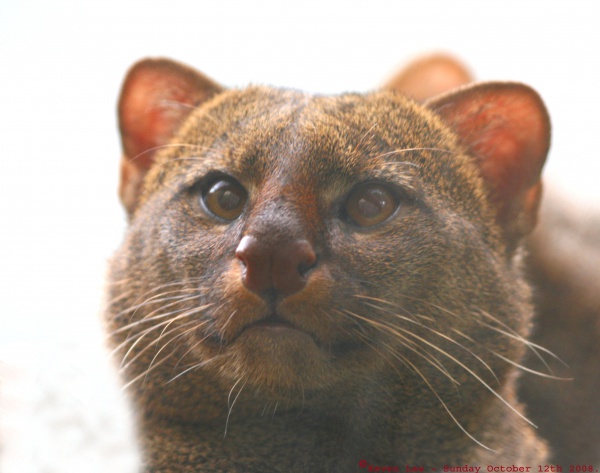Facts About Jaguarundi
The jaguarundi is a wild cat indigenous to the Americas, ranging from central Argentina up to the US-Mexico border, and throughout Central and South America. This medium-sized feline boasts a sleek, slender build with a uniform coat coloration. Its distinctive appearance features an elongated body, short legs, a small head, and a long tail.
Jaguarundis are primarily solitary but occasionally observed in pairs. They are diurnal hunters, primarily preying on ground-feeding birds, reptiles, rodents, and small mammals.
These cats exhibit remarkable adaptability to diverse environments, including rainforests, deserts, and thorn scrubs. However, their populations are declining due to habitat loss and human persecution. Despite this, the jaguarundi is currently listed as Least Concern on the IUCN Red List. The name "jaguarundi" originates from the Guarani and Tupi languages, and the cat is known by various names in Spanish and Portuguese across its range.
In terms of classification, the jaguarundi belongs to the genus Herpailurus and is a monotypic species, meaning it is the only species within this genus. It is closely related to the cougar and diverged from other feline lineages millions of years ago. Scientists have thoroughly documented the jaguarundi’s physical traits, behavior, diet, reproduction, and vocalizations. It maintains a wide distribution across the Americas.
The main threats to the jaguarundi include habitat loss, fragmentation, and persecution. Fortunately, they are not targeted for their fur. Conservation efforts are underway, including the establishment of protected areas in the Amazon Basin and the enforcement of hunting regulations in several countries. In the United States, jaguarundis are protected under the Endangered Species Act, and many countries have implemented restrictions or bans on hunting to help preserve this unique species.

 Mexico
Mexico